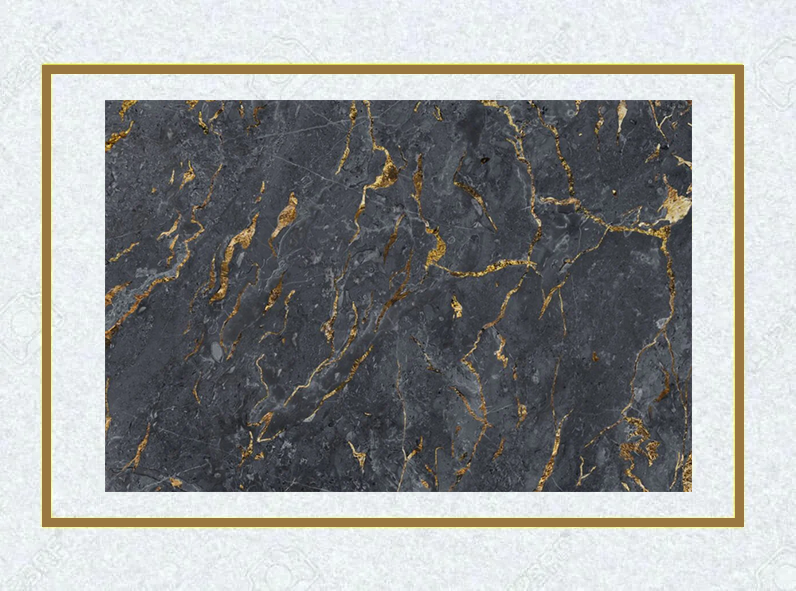Autoclaved Aerated Concrete (AAC) has emerged as a top building material in recent times, gaining popularity for its lightweight, insulating, and eco-friendly properties. One of the key factors contributing to the success of such blocks is the precise combination of materials used in their manufacturing.
Important Materials Are Used For Manufacturing AAC Blocks
Know about the crucial components that are used for manufacturing these blocks.
- Cement-53-grade Ordinary Portland Cement (OPC):
53-grade Ordinary Portland Cement (OPC) is the primary material involved in the backbone production of AAC blocks. Cement acts as the binding agent in these blocks, providing the necessary strength and stability. The term “53-grade” indicates the compressive strength of the cement, with higher grades signifying greater strength.
OPC is preferred due to its compatibility with other materials in the AAC mixture and its ability to endure autoclaving—a process involving high-pressure steam and temperature that gives these blocks their unique properties.
- Fly Ash or Sand:
AAC blocks are celebrated for their lightweight nature, a characteristic achieved by incorporating fly ash or sand into the mix. Fly ash, a byproduct of coal combustion, is often used as it contributes to the sustainability of the manufacturing process by utilizing industrial waste.
Sand, on the other hand, provides an alternative for regions where fly ash availability is limited. Both materials enhance the insulation properties of such blocks, while maintaining structural integrity.
- Limestone Powder:
Limestone powder is another key ingredient in AAC block production. This fine powder enhances the workability of the mix and contributes to the overall strength of the blocks. The chemical reactions between limestone powder and other components play a vital role in the formation of calcium silicate hydrates, which contribute to the hardening of these blocks.
The powder also helps reduce the overall density of the blocks, making them lighter without compromising strength.
- Gypsum:
Gypsum, in the form of powder, is added to the AAC mix to regulate the setting time of the cement. It acts as a retarding agent, slowing down the chemical reactions during the initial stages of block formation.
This controlled setting time ensures that the mixture can be poured into molds, shaped, and allowed to cure before autoclaving. The addition of gypsum contributes to the overall workability of the mixture, facilitating the production of well-formed and uniform AAC blocks.
- Water:
Water is a fundamental component in the AAC manufacturing process. The precise amount of water is crucial, as it initiates the chemical reactions between cement and other materials, leading to the formation of the porous structure characteristic of AAC blocks. The water that is used for binding should be clean and free from impurities to ensure the quality of the final product. Controlled water content is essential for achieving the right balance between workability and the strength of the blocks.
The manufacturing of Autoclaved Aerated Concrete (AAC) blocks involves a meticulous blend of materials, each playing a vital role in providing the final product with some special characteristics. Every component contributes to making these blocks stand as a sustainable, energy-efficient and versatile building material.






